Wayne Turmel* says this latest buzzword helps explain ‘the Great Resignation’ and ‘Quiet Quitting’.
 Returning to the office has been chaotic, and we are inventing terms to try and understand what’s going on.
Returning to the office has been chaotic, and we are inventing terms to try and understand what’s going on.
First was “the Great Resignation.” Then there was “Quiet Quitting.” The latest buzzword flying around in an attempt to help us understand the changing workplace is “the Great Mismatch.”
Haven’t heard this one yet? It actually helps explain both other terms.
Do we want the same things?
Earlier this year, research by job search engine Adzuna highlighted a fundamental disconnect between employers and their employees in terms of what they want the workplace to look like in future.
Depending on who you believe, only about 12 per cent of knowledge workers want to return to the office full time.
In contrast, Adzuna’s research suggests that half of employers (in the U.S., at least) want their people back in the office full time, and they’re willing to start twisting peoples’ arms in order to make that happen.
No wonder it seems so difficult to arrive at a ‘new normal’ when perspectives are so polarized.
The employee perspective
The Great Resignation was an immediate knee-jerk reaction by a surprising (to many) number of employees who had got used to working from home successfully and chose to leave employers who wouldn’t accommodate them.
It was a direct result of this mismatch.
Then, as people started to return to the office, many of them realized that it didn’t have the same appeal as it did before the pandemic.
Lifestyles had changed, flexibility was a reality for many and the idea of commuting every day was getting less and less attractive.
But equally, they needed the pay check, so they didn’t storm out in protest or actively seek new jobs, but instead became disillusioned and disengaged.
Thus, “Quiet Quitting.”
The employer perspective
On the employer side, there is a rising sense that the culture has perhaps become too empathetic to the wishes of the staff, and not focused on the needs of the business.
“Sure,” they say, “We’d all like to work in our jammies all day, but we have a business to run.”
Because there’s such a disagreement, many workplaces (maybe most) are attempting to find a compromise, which explains the rise of hybrid work.
Allowing employees greater flexibility in when and where work gets done while still co-locating at times is part of the answer.
Organizations can stop the rush of turnover and inability to recruit, and employees get enough flexibility (and it’s better than going back to the office full-time) they can live with the new arrangement.
What we’re in now is a period of quiet uncertainty.
Is our current approach to this hybrid approach sustainable? Will companies start clawing back flexibility? Or will employees demand more and more flexibility until they can’t abide by their employer’s demands and vote with their feet?
So what’s new?
The Great Mismatch has always existed because it’s Capitalism 101.
Employers have needs to be met, people need money and work.
At best, it’s a mutually beneficial arrangement, as long has work gets done and pay checks don’t bounce.
There will always be stress: employers feel they are being taken advantage of by ungrateful workers while the workers don’t feel properly compensated or believe that they’re sacrificing too much for the rewards they receive.
Because of seismic changes in the workplace, it’s taking a bit longer than expected to strike a balance that works for the majority of companies and employees.
The competing desires have always been there, we’re just in a unique point in time where we can examine and discuss them in the hopes of finding something new that isn’t just a grudging compromise, but might actually create a better, more balanced and more profitable workplace for everyone.
*Wayne Turmel is a speaker, writer and co-founder of The Remote Leadership Institute. His books include Meet Like You Mean It – a Leader’s Guide to Painless and Productive Virtual Meetings.
This article first appeared at management-issues.com











